Argelfraster
Well-Known Member
I was bored today so i made this guide:
REMEMBER THAT EVERYTHING GETS SOLDERED ON TO THE MOTHERBOARD.
These three board (by order) are
Power/AV board.........Mobo.............controller board

Close ups of each:
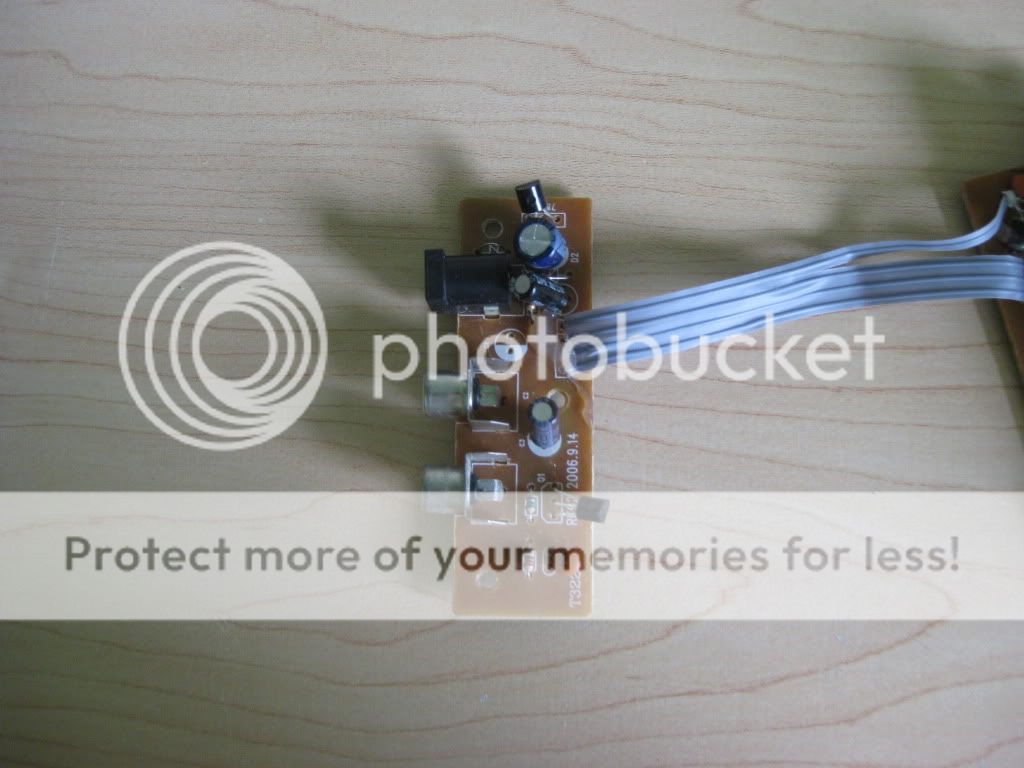
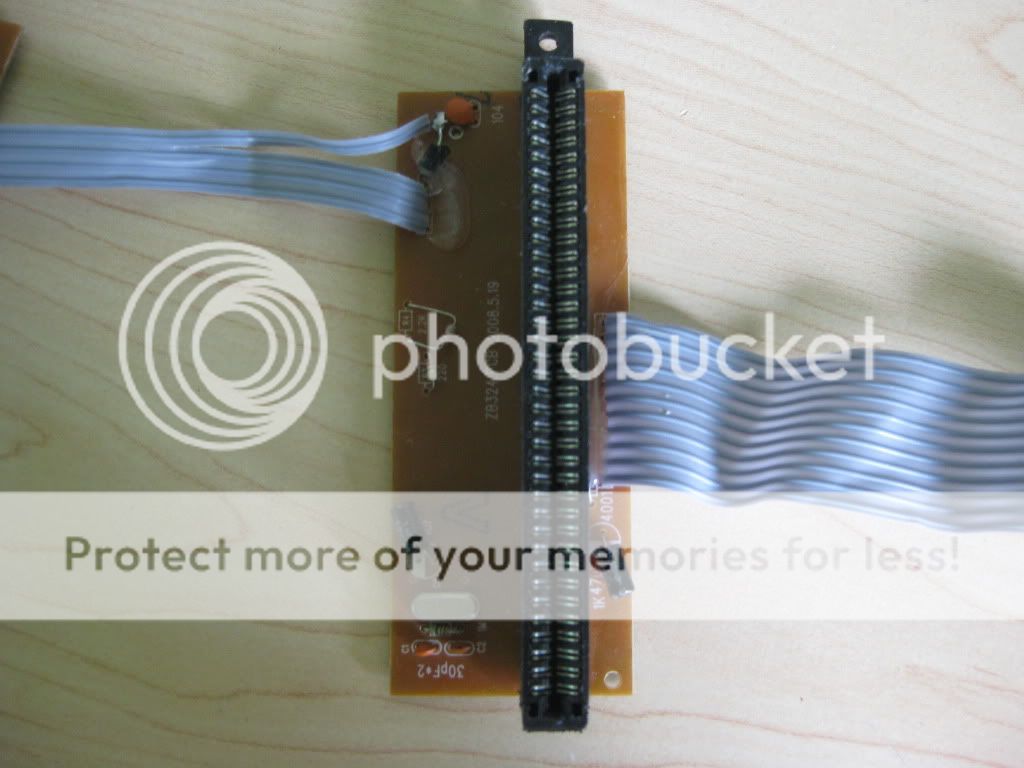

Now this guide is mostly written in the pictures, so if you don't understand PM me.
Power/AV to Mobo
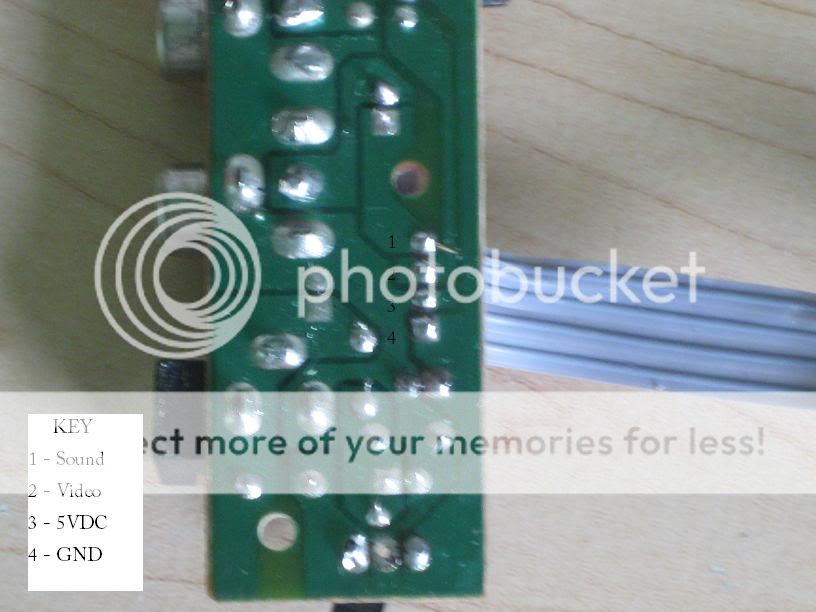
Its not a very good picture but you see 4 solder points, and thats all you need
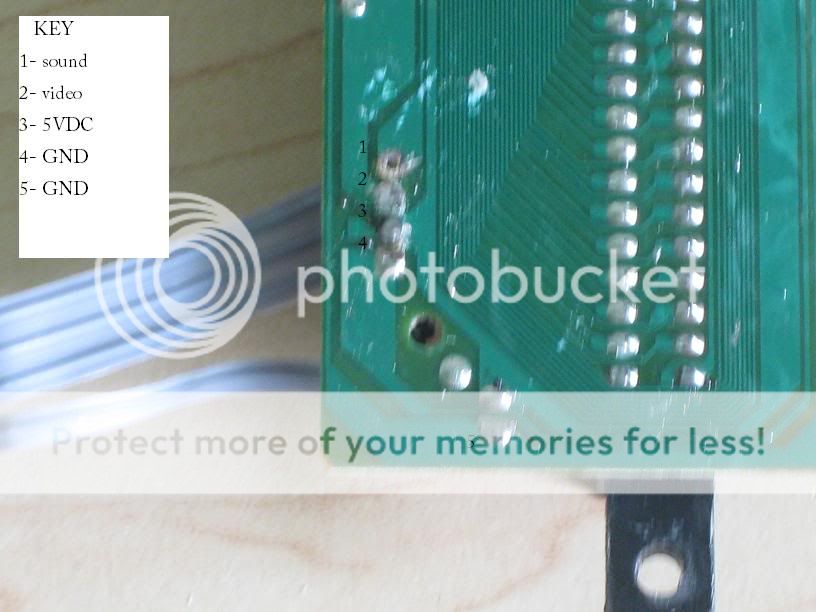
Controller board to Mobo ; THIS IS ONLY FOR CONTROLLER PORT 1!
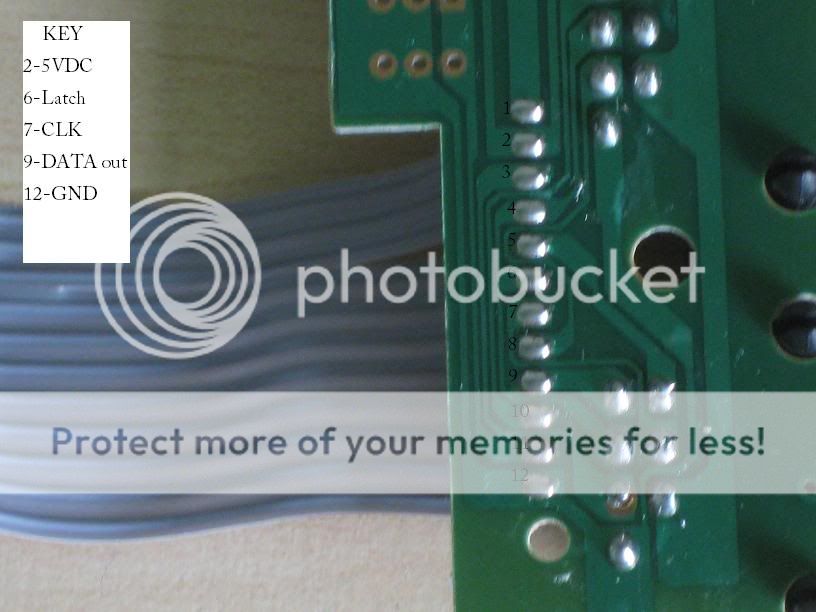

Power/reset buttons to mobo (where it says one or, it means to pins 1 or 11.
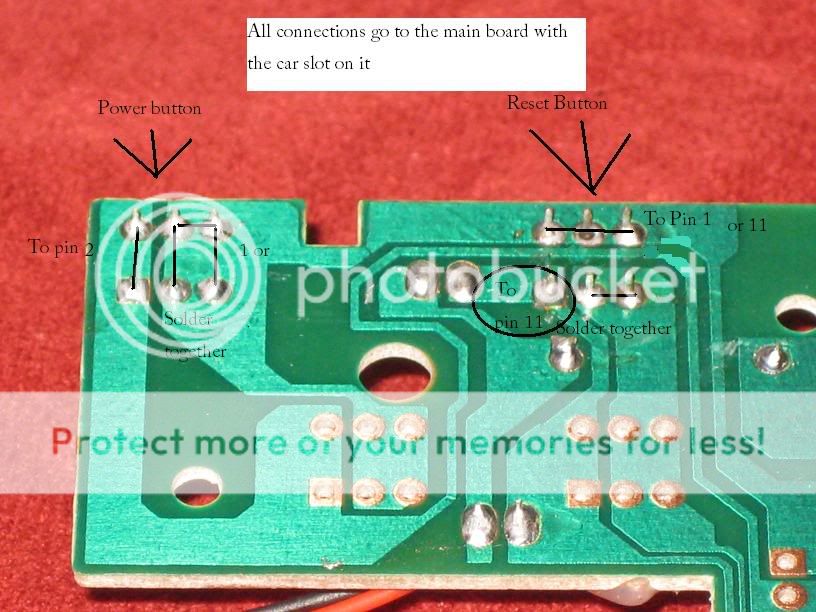
REMEMBER THAT EVERYTHING GETS SOLDERED ON TO THE MOTHERBOARD.
These three board (by order) are
Power/AV board.........Mobo.............controller board

Close ups of each:



Now this guide is mostly written in the pictures, so if you don't understand PM me.
Power/AV to Mobo

Its not a very good picture but you see 4 solder points, and thats all you need

Controller board to Mobo ; THIS IS ONLY FOR CONTROLLER PORT 1!


Power/reset buttons to mobo (where it says one or, it means to pins 1 or 11.









